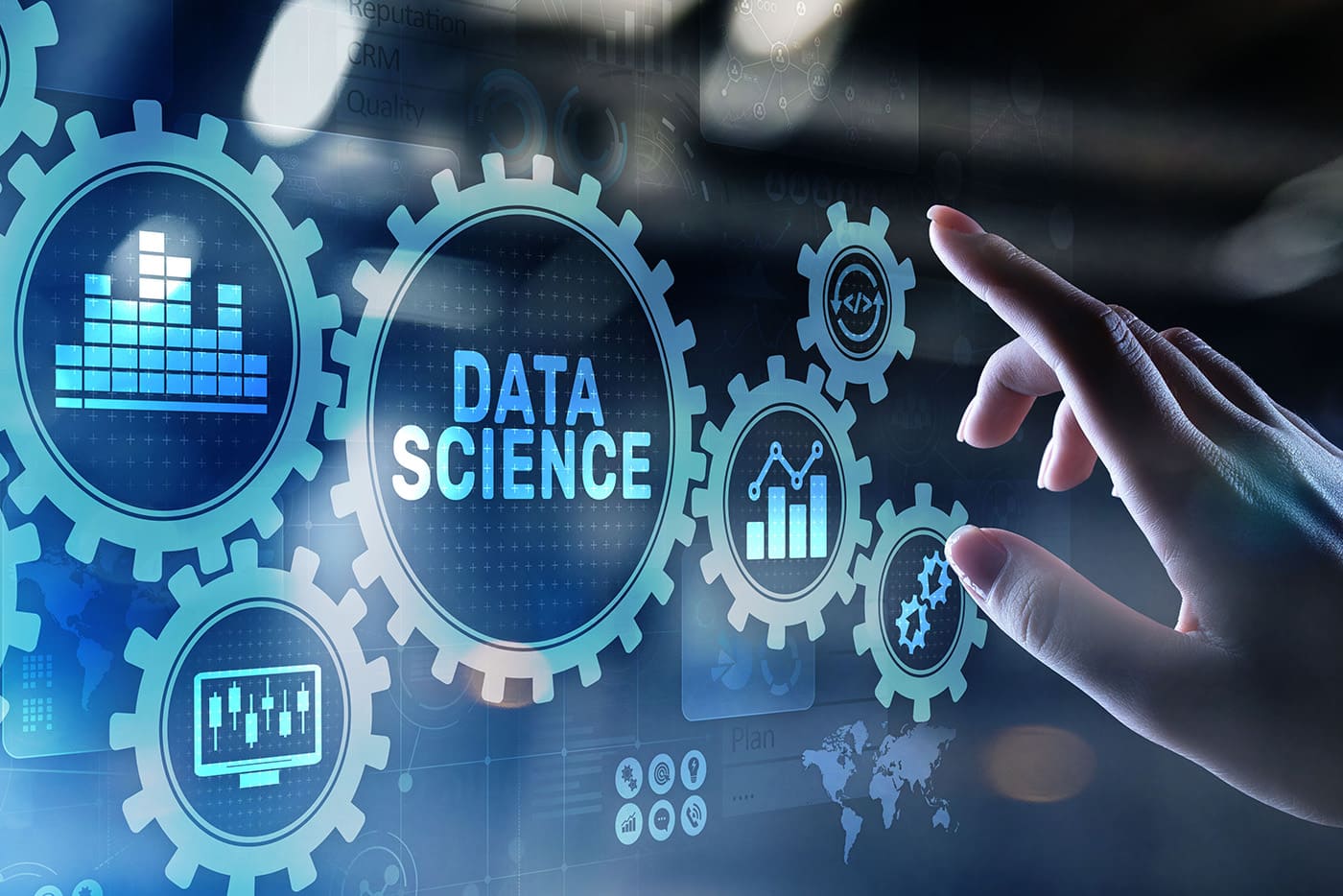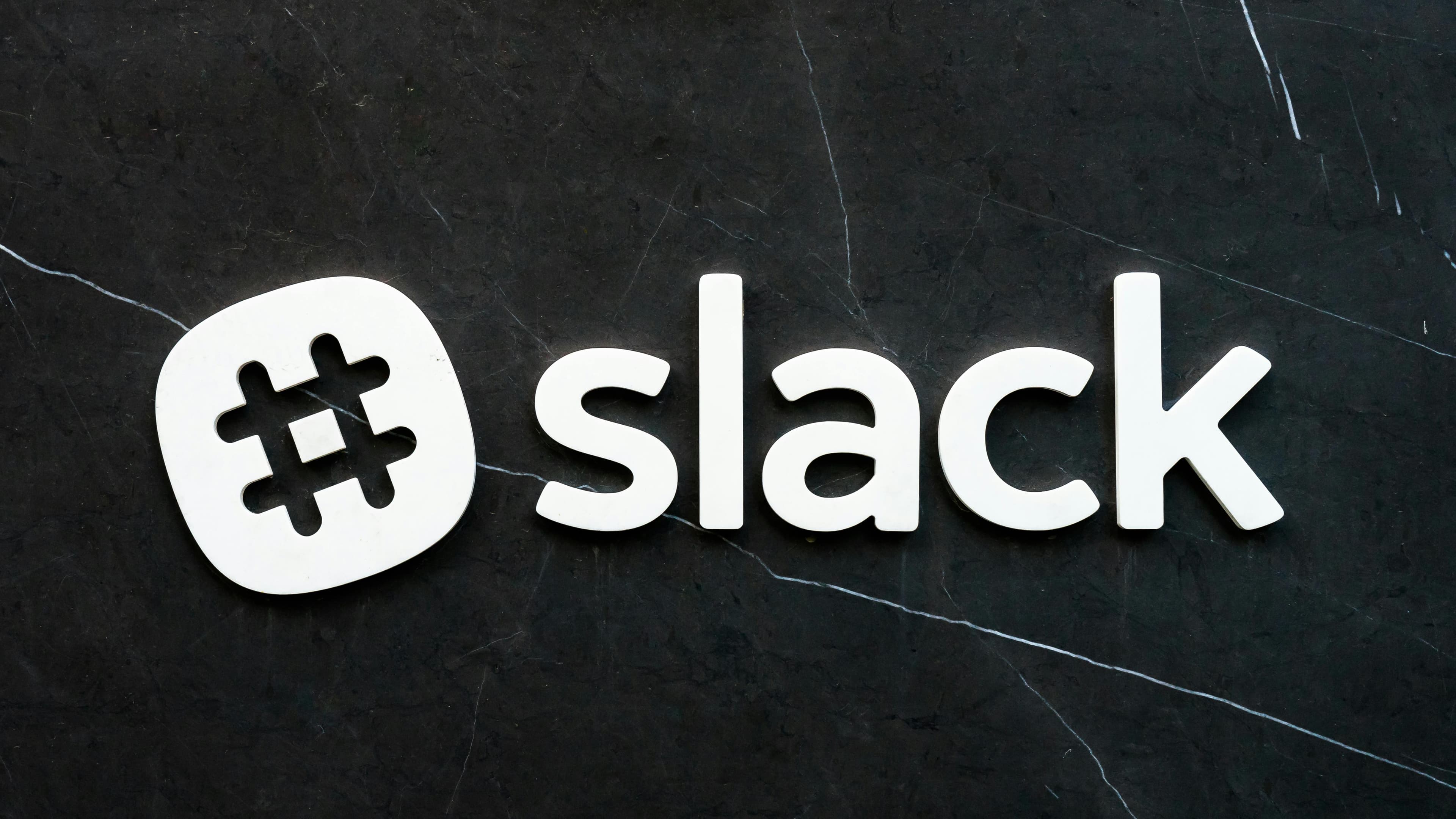Data science continues to rise as one of the most in-demand career paths in technology today.
Beyond data analysis, mining, and programming, data scientists combine code with statistics to transform data. These insights can help businesses derive a return on investment (ROI) or organizations measure their social impact.
The data science field is interdisciplinary and integral to society’s basic functions, such as restocking grocery stores, tracking political campaigns, and keeping medical records. Participating in this growing field can be a fascinating and fulfilling career.
In a field like data science, a number of technical skills will be helpful to have before diving in, such as:
Deep knowledge and familiarity with statistical analysis
Machine learning
Deep learning
Data visualization
Mathematics
Programming
Ability to manage unstructured data
Familiarity with SAS, Hadoop, Spark, Python, R, and other data analysis tools
Big data processes, systems, and networks
Software engineering
Statistics.
You can choose from plenty of data science jobs. All of them are integral to making key business decisions. Often, several of the job types below will work together on the same team.
Data scientist.
Data scientists build models using programming languages such as Python. Then, you will transform these models into applications. Often working as part of a team, for example, with a business analyst, a data engineer, and a data (or IT) architect, you will help solve complex problems by analyzing data and making predictions. This role is typically considered an advanced version of a data analyst.
Data analyst.
Unlike data scientists, data analysts use structured data to solve business problems. Using tools such as SQL, Python, and R, statistical analysis, and data visualization, they acquire, clean, and reorganize data for analysis to spot trends that can be turned into business insights. You will bridge the gap between data scientists and business analysts.
Data architect.
Data architects create the blueprints for data management systems, designing plans to integrate and maintain all types of data sources. You will oversee the underlying processes and infrastructure. Your main goal is to enable employees to gain access to information when they need it.
Data engineer.
Data engineers prepare and manage large amounts of data. In this role, you will also develop and optimize data pipelines and infrastructure, getting the data ready for data scientists and business analysts to work with. Data Engineers make the data accessible so businesses can optimize their performance.
Machine learning engineer.
This role is not entry-level but one you can build toward as a data scientist or engineer. Machine learning uses algorithms replicating how humans learn and act to interpret data and build accuracy over time. As part of a data science team, machine learning engineers research, build, and design artificial intelligence that facilitates machine learning. You will also serve as a liaison between data scientists, data architects, and more.
Business analyst.
As a business analyst, you’ll use data to form business insights and make recommendations for companies and organizations to improve their systems and processes. Business analysts identify issues in any part of the organization, including staff development and organizational structures, so businesses can increase efficiency and cut costs.
Data scientists have many tools of the trade to help them collect, analyze, interpret, and visualize data, including:
SQL: to store and manage data.
Tableau or PowerBI: to visualize large datasets.
Jupyter Notebooks: to explore and interact with data.
Git: to keep track of changes in source code.
Cloud platforms (AWS, Google Cloud, or Azure): to build and deploy machine learning models.
Github: to showcase your skills through an online portfolio.
There are various applications of data science, including:
1. Healthcare.
Healthcare companies are using data science to build sophisticated medical instruments to detect and cure diseases.
2. Gaming.
Video and computer games are now being created with the help of data science and that has taken the gaming experience to the next level.
3. Image Recognition.
Identifying patterns is one of the most commonly known applications of data science. in images and detecting objects in an image is one of the most popular data science applications.
4. Recommendation Systems.
Next up in the data science applications list comes Recommendation Systems. Netflix and Amazon give movie and product recommendations based on what you like to watch, purchase, or browse on their platforms.
5. Logistics.
Data Science is used by logistics companies to optimize routes to ensure faster delivery of products and increase operational efficiency.
6. Fraud Detection.
Fraud detection comes the next in the list of applications of data science. Banking and financial institutions use data science and related algorithms to detect fraudulent transactions.
7. Internet Search.
Internet comes the next in the list of applications of data science. When we think of search, we immediately think of Google. Right? However, there are other search engines, such as Yahoo, Duckduckgo, Bing, AOL, Ask, and others, that employ data science algorithms to offer the best results for our searched query in a matter of seconds. Given that Google handles more than 20 petabytes of data per day. Google would not be the 'Google' we know today if data science did not exist.
8. Speech recognition.
Speech recognition is one of the most commonly known applications of data science. It is a technology that enables a computer to recognize and transcribe spoken language into text. It has a wide range of applications, from virtual assistants and voice-controlled devices to automated customer service systems and transcription services.
9. Targeted Advertising.
If you thought Search was the most essential data science use, consider this: the whole digital marketing spectrum. From display banners on various websites to digital billboards at airports, data science algorithms are utilised to identify almost anything. This is why digital advertisements have a far higher CTR (Call-Through Rate) than traditional marketing. They can be customised based on a user's prior behaviour. That is why you may see adverts for Data Science Training Programs while another person sees an advertisement for clothes in the same region at the same time.
10. Airline Route Planning.
Next up in the data science and its applications list comes route planning. As a result of data science, it is easier to predict flight delays for the airline industry, which is helping it grow. It also helps to determine whether to land immediately at the destination or to make a stop in between.
Data science techniques.
While moving through the various steps involved in the data science and analysis process, data scientists may use the following techniques:
Machine learning.
The primary goal of machine learning in data science is to build predictive models that learn from experience improved without explicit programming. This is valuable in business workflows because routine processes can be automated to enhance decision-making and predict future trends.
Statistics.
Data scientists use statistical knowledge to analyze, summarize and interpret data, using either classification analysis to categorize the data into segments or regression analysis to determine the relationship between the data. This is useful in business workflows for tasks like market analysis, quality control and financial forecasting.
Data mining.
The data mining process involves uncovering hidden patterns and relations in large datasets to identify trends and make more adequate predictions. In business contexts, data mining helps enhance marketing strategies, improve product development and optimize logistics.
Deep learning.
A subset of machine learning, deep learning involves employing different learning methods to train models to detect the right patterns and present results. The goal is to achieve higher task accuracy. It is especially useful where a business requires high levels of accuracy in tasks, for example, speech recognition, image analysis and sophisticated pattern recognition.
Data visualization.
The core purpose of data visualization is to present the finished result in a way that others can easily understand to detect patterns and trends. It is critical in business workflows to provide a clear view of complex data. It helps stakeholders make informed decisions by presenting data in an intuitive format, such as dashboards or visual reports that highlight areas requiring attention or improvement.
Common data science programming languages include:
Python: Python is an object-oriented, general-purpose programming language known for having simple syntax and being easy to use. It’s often used for executing data analysis, building websites and software and automating various tasks.
R: R is a programming language that caters to statistical computing and graphics. It’s ideal for creating data visualizations and building statistical software.
Popular data science tools.
Data science tools can cover a broad range of specific use cases, including various programming languages like Python and R, data visualization solutions, and even machine learning frameworks and libraries. Some of the top data science tools include:
Microsoft Power BI: A self-service tool that is best for visualizations and business intelligence.
Apache Spark: An open-source, multi-language engine that is best for fast, large-scale data processing.
Jupyter Notebook: An open-source browser application that is best for interactive data analysis and visualization.
Alteryx: An automated analytics platform that is best for its ease of use and comprehensive data preparation and blending features.
SQL: SQL is a domain-specific language that specializes in storing and managing data in relational databases. It’s used to communicate with relational databases, making it possible to retrieve data, update data and perform other tasks.
Tableau: Tableau is a platform that generates data visualizations and business insights to facilitate information analysis and sharing. It’s used to share data in understandable formats, so teams can make faster, data-driven decisions.
Apache Hadoop: Apache Hadoop is an open-source framework that aids in processing and storing large data sets. It’s popular for efficiently managing big data, so teams can use data to assess financial risk, predict customer demand and quickly locate health data, among other use cases.
TensorFlow: TensorFlow is an open-source library of tools and resources for building machine learning applications. It’s used for training models, monitoring performance and completing other tasks that natural language processing, image recognition and other types of machine learning models depend on.
PyTorch: PyTorch is an open-source machine learning framework for developing deep learning models. It’s ideal for building neural networks to power applications in areas like computer vision, image recognition and natural language processing.
Choosing a data science tool depends on a number of variables, including the problem being solved, the needs of the business and the skill level of the data scientists involved.







